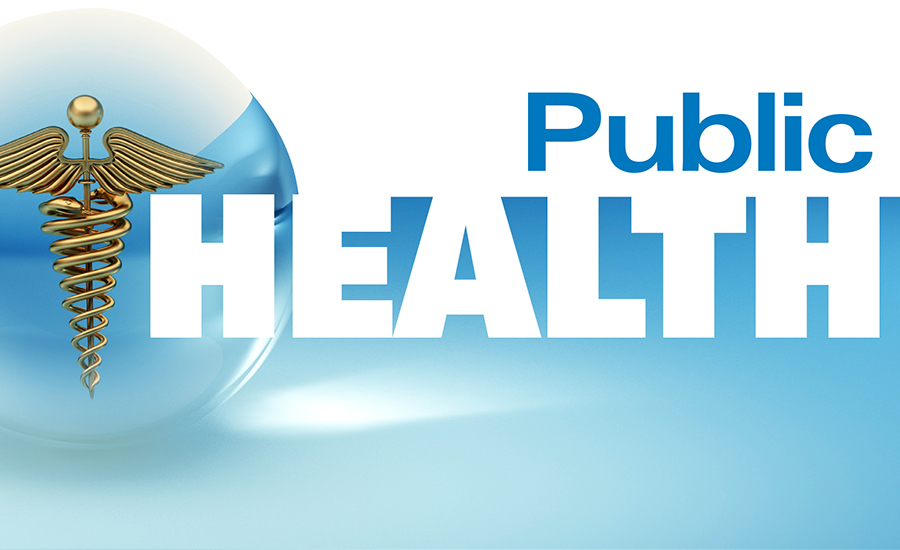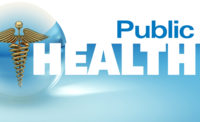Advocacy group Food & Water Watch is warning that passage of the Trans-Pacific Partnership (TPP) will undermine food safety in the U.S. A new report from the organization, Toxic Buffet: How the TPP Trades Away Seafood Safety, says the partnership would increase seafood imports from nations that routinely use antibiotics and chemicals in fish farming that are illegal in the United States.
Approximately 94 percent of American seafood is imported, and only two percent of those imports are examined by trained government safety inspectors.
“Last year alone, nearly 5.4 billion pounds of uninspected seafood entered the U.S. food supply,” said Food & Water Watch Executive Director Wenonah Hauter. “The TPP will only increase seafood imports and further overwhelm already overtaxed border inspectors.”
The report is based on a decade’s worth of the Food and Drug Administration’s (FDA) import, inspection and rejection data from 2006 to 2015.
Key findings include:
- Less than 1 percent of seafood imports are subject to laboratory testing for pathogens like Salmonella or Listeria, or the presence of illegal veterinary drugs.
- Although few imports are examined, the FDA rejected 11 percent of inspected shipments for food safety violations.
- The most common reasons imports were rejected was because they contained Salmonella, Listeria, filth or illegal veterinary drugs.
- The number of imports rejected for illegal veterinary drugs nearly tripled over the past decade, and comprised one-fourth of all FDA refusals between 2014 and 2015.
Antibiotics in seafood
In 2014, Americans ate 4.6 billion pounds of seafood—15 pounds per person. Most of these imports aren’t caught by fishing fleets, but are raised in high-density fish farms. Since these conditions contribute to disease, some nations, like TPP members Vietnam and Malaysia, rely on drugs, antibiotics and chemicals that are banned in the United States because of significant human health risks. Overuse of antibiotics has been shown to contribute to the development of antibiotic resistant bacteria, a growing public health threat.
Food & Water Watch found that the number of imported seafood shipments that the FDA rejected for illegal veterinary drugs nearly tripled over the past decade, increasing from just under 200 in 2006 to 535 in 2015. These illegal drug residues made up one-fourth (24.8 percent) of all FDA refusals between 2014 and 2015.
"Checkered" safety records
TPP members Malaysia and Vietnam already have checkered seafood safety records. Over the past decade, Malaysian seafood exports to the United States have been rejected three times more frequently than average, and Vietnam’s exports have been rejected twice as frequently. Their fish farming industries are also one of the biggest violators of U.S. bans on antibiotics and chemicals.
From 2006 to 2015, illegal veterinary drugs accounted for a large portion of the FDA’s rejections from Malaysia (64.1 percent) and Vietnam (17.2 percent)—far above the overall detection rate of illegal antibiotics. Seafood companies from Malaysia and Vietnam accounted for a large portion of the FDA’s “Import Alerts” blocking all shipments for persistent violations of the ban on illegal veterinary drugs and chemicals.
“The TPP does nothing to ensure that exporters meet U.S. food safety standards,” said Hauter. “It includes countries with an appalling track record of shipping unsafe seafood to the United States and provides new, stronger tools for exporters to undermine our food safety system. The TPP rules could be used to challenge the FDA ‘red list’ of banned veterinary drugs in fish farming and would allow exporters to challenge border inspectors’ decisions to closely examine and test suspicious seafood imports.”
To strengthen our nation’s seafood import inspection program and to ensure that international trade deals do not undermine U.S. food safety standards, Food & Water Watch recommends:
- Strengthening oversight of imported seafood by increasing inspections. This must include implementing a statistically valid random sampling program to supplement the FDA’s current risk-based inspection system. Congress should provide the necessary funding and directives to ensure that the United States inspects at least 10 percent of seafood imports — far greater than the 2 percent currently inspected at the border.
- Strengthening laboratory testing of imported seafood by increasing the number of lab tests conducted and testing for a wider range of illegal veterinary drugs and chemicals.
- Increasing and sustaining the number of domestic and foreign seafood inspections. Congress must provide more funding for the FDA to perform more physical inspections of foreign facilities, and the FDA needs to prioritize these inspections at its foreign offices and coordinate with other agencies as necessary to inspect foreign seafood processing plants.
- Increasing the transparency of the FDA’s seafood inspection program by mandating that the agency annually disclose the number of foreign and domestic facility inspections, the number and results of feed mill inspections, as well as the number of seafood border inspectors.
- Rejecting trade deals that undermine U.S. food safety standards.
Congress is expected to vote on the TPP in the months ahead.



